When it comes to unique and exotic pets, few can match the allure of the Savannah cat. Known for its striking appearance and impressive stature, the Savannah cat is a hybrid breed that captures the fascination of cat lovers around the globe. In this article, we will explore what makes Savannah cats the tallest domestic cats in the world, their characteristics, care requirements, and why they make such captivating companions.

The Savannah cat is a hybrid breed created by crossing a domestic cat with a serval, a wild cat native to Africa. This breeding results in a stunning feline that retains many of the serval's physical traits while being a friendly and affectionate pet. Savannah cats are recognized for their long legs, large ears, and distinctive spotted coat, reminiscent of their wild ancestors.
Height: Savannah cats can reach heights of up to 17 inches at the shoulder, making them one of the tallest domestic cat breeds.
Weight: They typically weigh between 8 to 25 pounds, depending on their generation and sex.
Coat: Their coat is short and dense, featuring spots and stripes similar to a serval's, with colors ranging from golden to silver.
Temperament: Savannah cats are known for their playful and energetic nature. They are highly intelligent, social, and often enjoy interactive play with their owners.
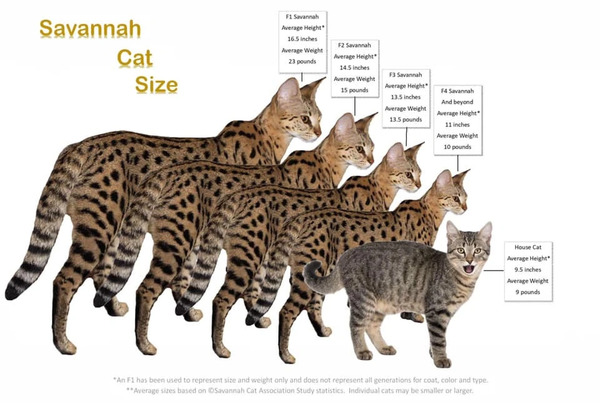
Savannah cats are classified into different generations based on their ancestry, which affects their size, appearance, and behavior:
F1 Generation: The first generation, directly bred from a serval, tends to be the largest and most wild-looking.
F2 Generation: The second generation is slightly smaller but still retains many wild characteristics.
F3 and Beyond: Subsequent generations are more domesticated, with F4 and F5 cats being closer in temperament and appearance to traditional domestic cats.
Savannah cats require a high-protein diet to maintain their energy levels and muscle mass. High-quality commercial cat food designed for active breeds is recommended, but some owners choose to supplement their diet with raw or home-cooked meals, ensuring they provide balanced nutrition.
These cats are highly active and require regular exercise to stay healthy. Engaging them in interactive play with toys, climbing structures, and puzzle feeders can help keep their minds and bodies stimulated. A spacious environment is ideal, as Savannah cats enjoy exploring and climbing.
Savannah cats have a short coat that requires minimal grooming. Regular brushing will help reduce shedding and keep their coat healthy. Additionally, routine dental care and nail trimming are essential for their overall well-being.
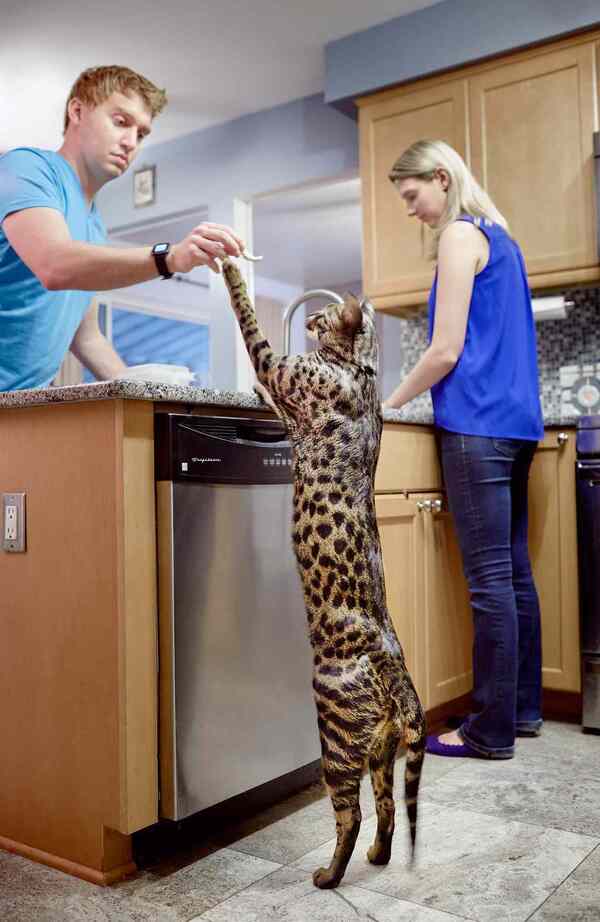
Savannah cats are social creatures that thrive on interaction. Early socialization is crucial to help them become well-adjusted companions. Training them can be a rewarding experience, as they are intelligent and eager to learn. Positive reinforcement techniques work best, allowing them to pick up commands and tricks quickly.
Before considering adding a Savannah cat to your home, it's essential to check local regulations. In some areas, owning a hybrid cat may be restricted or require special permits, especially for the F1 and F2 generations, which may be subject to more stringent laws due to their wild ancestry.
Savannah cats are captivating companions for several reasons:
Unique Appearance: Their striking resemblance to wild cats makes them stand out among domestic breeds.
Playful Personality: They are known for their playful and curious nature, often displaying dog-like behaviors.
Intelligence: Savannah cats are highly trainable, making them interactive pets that enjoy engaging with their owners.
The Savannah cat, recognized as the tallest domestic cat in the world, offers a unique blend of beauty, intelligence, and playful energy. With their striking appearance and captivating personality, they make excellent companions for those who can meet their care and socialization needs. If you’re considering adding a Savannah cat to your family, be prepared for an active, affectionate, and truly extraordinary feline friend.
animal tags: Savannah-Cats
We created this article in conjunction with AI technology, then made sure it was fact-checked and edited by a Animals Top editor.
you may also like

"Buying nature is good" is not a common term used in traditional Chinese culture or the zodiac. In Chinese, this phrase is more likely to be a personal term or the term of some specific community. According to the standard zodiac order, the twelve zodiac animals are rat,...

Any animal needs a suitable living environment, and ants are no exception. Ants have very high requirements for the humidity of their nests, and they don't like a too humid living environment. The air humidity before the rain is high, which will make the ant nest wet, so the ants will come out in...
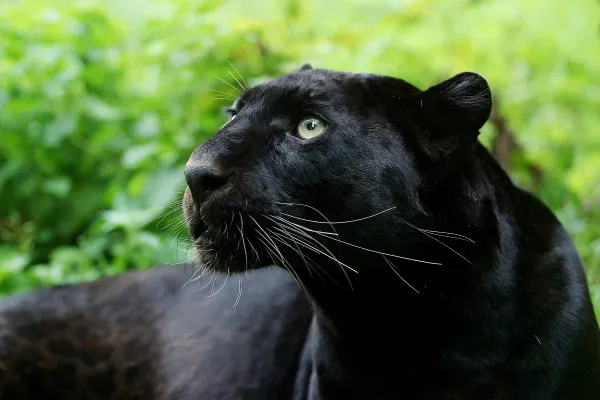
Among the most admired big cats, the black panther stands out for its mysterious dark coat and powerful presence. However, few people realize that the black panther is not a separate species. Instead, it is a jaguar (Panthera onca) or a leopard (Panthera pardus) with a genetic mutation that turns th...

Lake sunfish are among the most popular freshwater fish in North America, admired for their vibrant colors, diverse species, and enjoyable fishing experiences. This guide explores the world of lake sunfish, diving into their habitats, behavior, and importance, as well as offering practical tips for...
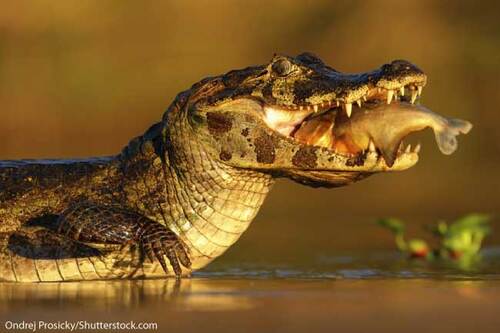
Piranhas, known for their sharp teeth and aggressive feeding behavior, are often portrayed as the ultimate predators of freshwater rivers in South America. However, despite their fierce reputation, piranhas are not invincible. There are several animals that prey on piranhas, both in the water and on...
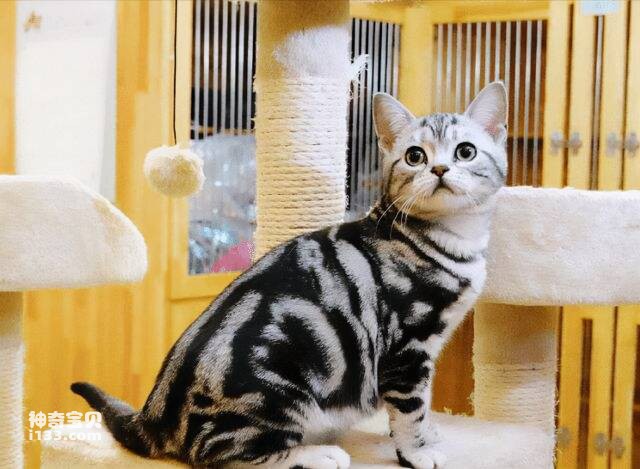
The American Shorthair is a gentle, intelligent, friendly domestic cat breed that is usually cheerful, affectionate, and adaptable. Here are some characteristics of the American Shorthair's personality:1. Friendliness: American Shorthairs are very friendly and friendly to humans and other pets,...

Canidae is a large family of animals, including wolves, foxes, dogs, jackals and other animals. Here are some common canines: 1. Wolf (scientific name: Canis lupus): The wolf is a large representative of the canid family, and its wild populations are widely distributed ar...

Hello! Building a friendly relationship with a parrot requires patience and gentle interaction. The following points may be helpful to you: 1. Give the parrot enough space and sense of security: Make sure the parrot is in a safe and comfortable environment and avoid any t...
Email: jsset668#gmail.com (change # to @) Please indicate your purpose of visit! Guangdong ICP No. 2022053326 XML| map| Chinese

